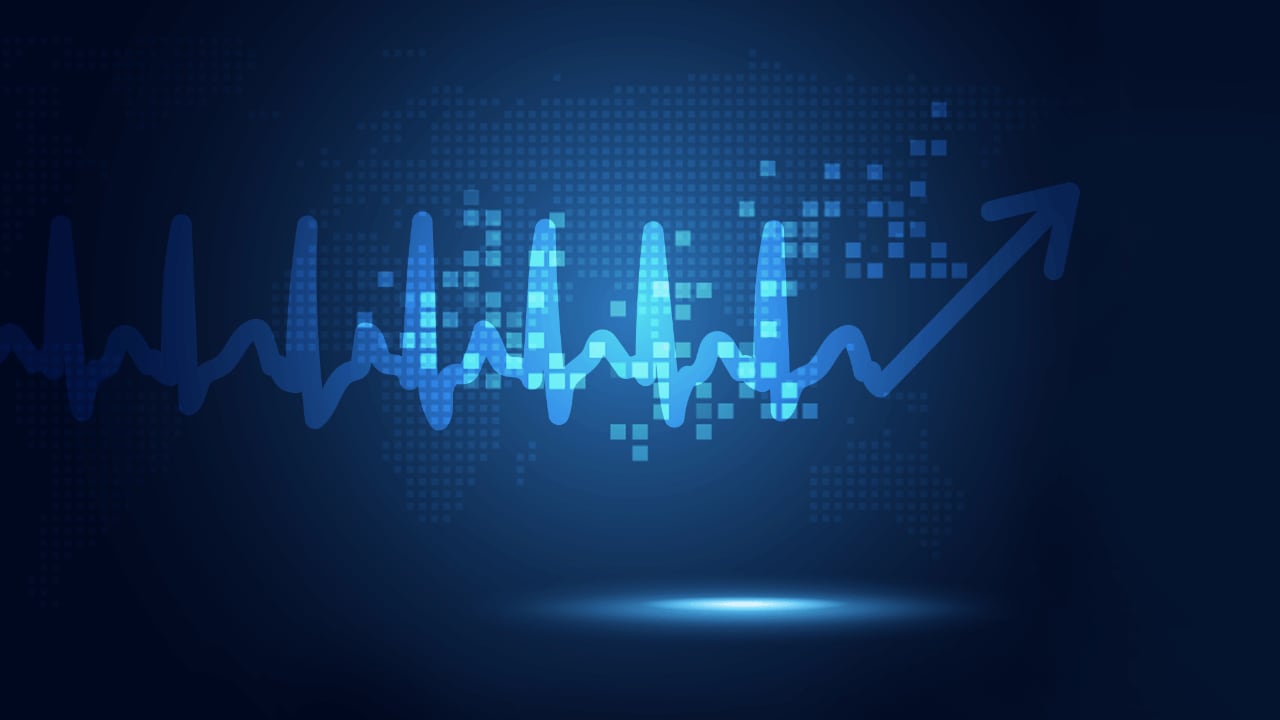Future Perspective
From a technological standpoint, the miniaturization of the Holter monitor concept was long overdue. In the author's opinion, there is little, if any, clinical advantage of the Holter monitor over newer technologies such as the Zio Patch. Once the reimbursement hurdles are overcome, it is possible that the Zio Patch concept may have the potential to replace the 60 year-old Holter monitor entirely.[2,6] Furthermore, given that the Zio Patch records for a sufficiently long period of time in order to capture most intermittent arrhythmias, with yields that seem to be similar to other longer-term monitors, the Zio Patch has the potential to replace, and be a more cost-effective monitoring solution than other event monitors and MCOT devices. For many outpatients, compliance, ease-of-use and an optimal monitoring test are more important than real-time monitoring.
Further advances in the iRhythm Zio Patch are currently under development, including a slimmer profile and a more cost-effective manufacturing process.[102] The technology is presently available for recordings with a longer duration than 14 days. Of course, the delay in analysis inherent with longer application has resulted in diminished interest. At present, such scenarios may be handled by removal after 14 days and reapplication of serial patches when appropriate. Others are working on a real-time leadless patch type monitor using cellular technology. Finally, it is hoped that removal of regulatory hurdles resulting in the requirement for physician prescription could permit greater access to presently available heart rhythm recording tools, including the Zio Patch and the smart-phone ECG recorder.
Another vendor has developed a different patch concept able to monitor vital signs, including heart rate, temperature, activity and body fluids.[111] NASA has funded research with subsequent commercial application utilizing microwave radar for noninvasive vital sign detection.[13] Defense research is developing systems that will allow remote vital sign detection, even through the wall of a room. Today, sensor systems are available to confirm medication compliance and in-home activity levels. Potentially, such technology could support solitary elderly people remaining in their homes.[14]
In the current regulatory and reimbursement environment, the traditional health insurance model is often found lacking. Thus, payment for such novel concepts may also be novel, perhaps coming from the defense industry (research on new monitoring devices), retirement funds (assisted living alternatives) or direct-to-consumer demands, rather than traditional health insurance. Would you be willing to pay for remote cardiac monitoring of loved ones?
Disclaimer
The opinions expressed in this article are those of the author and do not necessarily reflect the views of Future Medicine Ltd.
Acknowledgements
The author would like to acknowledge the assistance of UN Kumar in the review of this manuscript.
Future Cardiol. 2013;9(3):325-333. © 2013 Future Medicine Ltd.








